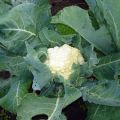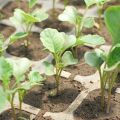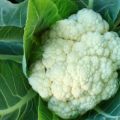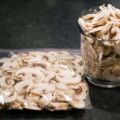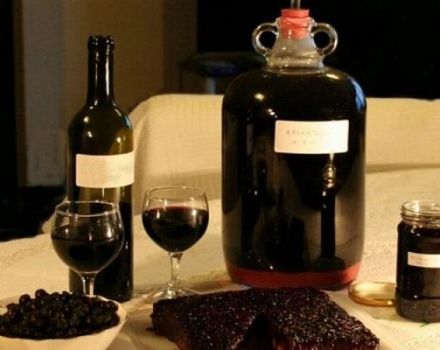The best recipes on how to properly freeze cauliflower at home for the winter
The human body is constantly in need of vitamins and minerals. If in summer there are no problems with this, in winter the situation changes dramatically. The way out of this situation will be the freezing of products useful for the body in order to add them to food in winter. One of these products is cauliflower - a dietary product containing a large amount of nutrients. Let's figure out how to freeze cauliflower for the winter at home, and find out all the nuances of its conservation.
Is it possible to freeze cauliflower for the winter
Every housewife who wants to prepare supplies for the winter wants to know how to do this with maximum benefit, and what methods are best not to use. Speaking of cauliflower, I would like to advise you not to store it in the cellar. The vegetable will go bad quickly and you won't be able to eat it all winter.
The best way to preserve cauliflower is to freeze it in the freezer. This option will not harm the product and will retain all the useful properties in full. To do this, you must adhere to the general rules, and you can eat cabbage not only in winter, but also in spring.
Features of freezing cauliflower
Freezing cauliflower has its own nuances, which, first of all, depend on what dishes you are going to use it in. For example:
- The cabbage, which you will later use to make soup, can be frozen whole.
- It is better to divide the product used for frying and stewing into identical parts in advance and send them to the freezer in this form.
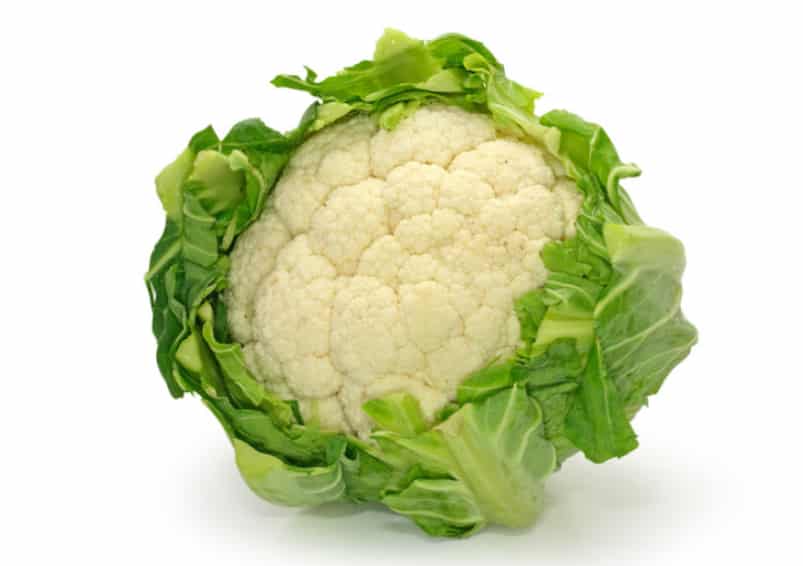
Another feature, on which the further type of product will depend, is freezing raw or after heat treatment:
- Boiled cabbage will retain its original color and texture well, but will lose some of its nutrients.
- Raw food will become less dense and darker in color during freezing. The advantage of this method is that all nutrients will be preserved in the vegetable in full.
Note! The standard is the cutting of cauliflower into individual inflorescences, the diameter of which is 3 centimeters.

How to choose and prepare correctly
Housewives who did not grow the product on their own, but purchased it in the store, should pay attention to its quality and appearance. You can choose a good vegetable according to the following rules:
- The vegetable must be clean and there must be no signs of rotting on its surface.
- A good product will be white with slight yellowish tints.
- Cabbage, the inflorescences of which are not adjacent to each other, it is better to leave on the counter and choose another, more dense looking vegetable.
- Take the product in your hands and feel its weight. Too light weight that does not match the size indicates that growth accelerators were used in the cultivation. You should not expect much juiciness from such a vegetable.
- Meets cauliflower variety, the inflorescences of which are green. This is normal and you shouldn't be intimidated by such a vegetable.
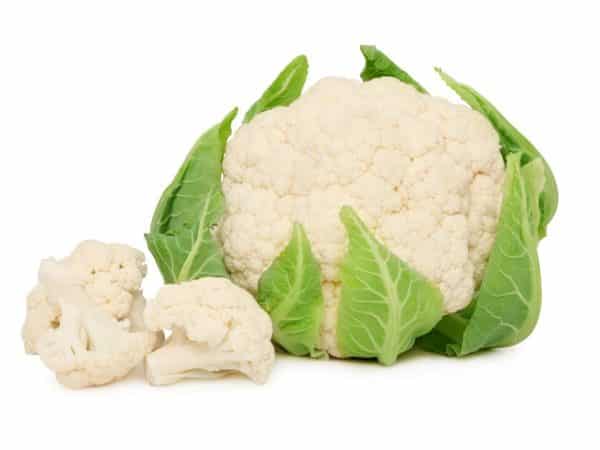
Dip a vegetable purchased in a store in salted water for a few minutes. This way you get rid of insects that can hide on the stems and between the inflorescences.
Preparing the refrigerator
When freezing vegetables pay attention to the following nuances that will allow you to preserve the product for a long period of time without losing its beneficial properties:
- Make sure there is enough free space in your freezer. It is desirable that for 2 kilograms of vegetables there is at least 8 liters of free space. Stored in such conditions, the vegetable will not be damaged, which will positively affect the shelf life and its benefits when defrosting.
- The temperature maintained in the freezer should not drop below -19. This will allow the cabbage to retain its beneficial properties from six months to 9 months, depending on the quality of the product.

Best Ways to Freeze Cauliflower
Harvesting vegetables for the winter season can be done in several different ways. The most optimal are:
- frozen fresh, without blanching;
- freezing a product that has previously passed the blanching process.
For storage it is best to use:
- plastic bags;
- special plastic containers.
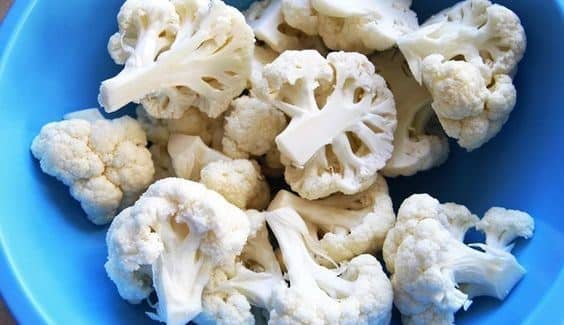
Other methods are not suitable for long-term storage of cauliflower, and it is better to refrain from using them.
Fast freezing without blanching
In order to freeze fresh vegetables, you must:
- Wash the product. This must be done carefully so that dirt and other debris do not get into your food.
- Remove leaves and damaged areas.
- Dip the vegetable into salted water. Thus, you will get rid of insects that can hide in inflorescences and other hard-to-reach places.
- Separate the inflorescences from the thick stem if you wish to freeze them piece by piece.
- All vegetable mass must be thoroughly dried before packing. It is advisable to use a towel for this purpose.
- Pack the product in portions into special boxes or plastic bags.
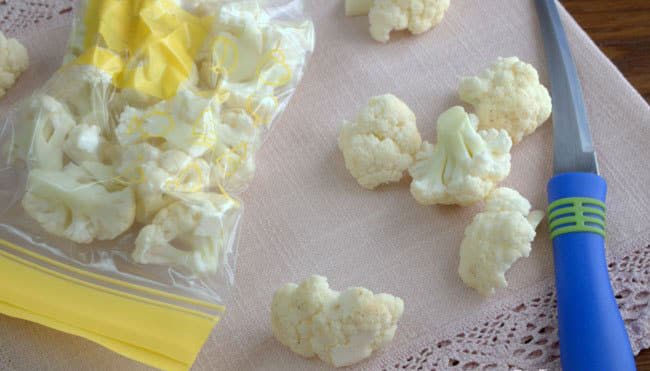
This method is used in order to preserve maximum vitamins. If you are not chasing the benefits of the product and it is important for you that the cabbage does not darken during the freezing process, blanch it.
In bags or barrels
Harvesting vegetables is half the battle. In addition to the preparation process, they must be properly packaged. The best way to do this is to package the mass in plastic bags or kegs. They reliably preserve the product while we freeze it, and prevent the penetration of unpleasant odors and other unnecessary substances. Experts advise pumping air out of the bags. This will prevent excess ice from building up in the container and freezer. Kegs in this regard are more versatile, and some are already equipped with vacuum lids.

Boiling in salted water
Cabbage boiled in salted water is prepared as follows:
- The head of cabbage is washed with plenty of clean water.
- Leaves and damaged areas are removed.
- The head of cabbage is cut into separate inflorescences. This allows the product to be processed more thoroughly.
- It is necessary to boil a vegetable at the rate of 4 liters of liquid per 0.5 kilograms of product.
- While your water is boiling, fill another container with water and add ice to it. If there is no ice and it cannot be prepared in the near future, send the container to the refrigerator.
- Salt is added to the boiling liquid and vegetables are sent. Cook them for 3-5 minutes.
- After boiling, the cabbage is immediately sent to cold water. This will preserve its texture and color.
- Next, it must be dried and packaged in bags.
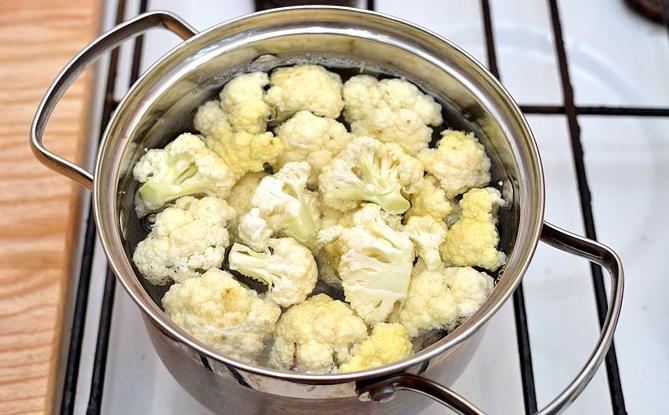
How and how long the frozen product is stored
You can store cauliflower:
- In a refrigerator. The shelf life is no more than one month.
- On the balcony, if it is sufficiently insulated - no more than 1 month.
- In a basement or cellar, preservation is ensured for three months.
- The freezer will keep the vegetable for 9 months. There are times when it was possible to extend this period to 1 year.
- Storage elsewhere will depend on the ambient temperature and humidity being maintained.
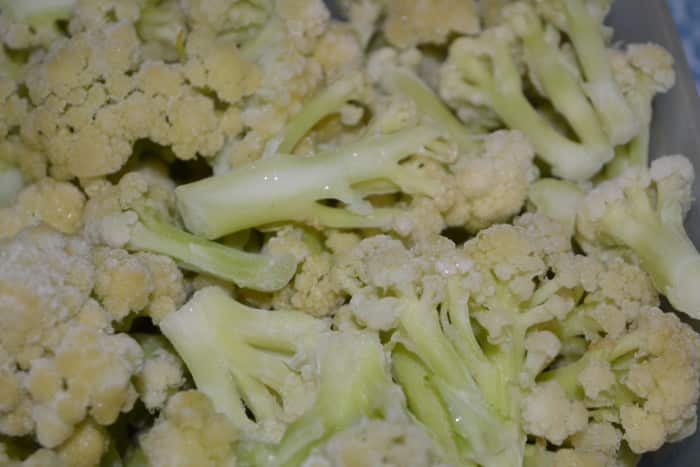
Defrosting rules
You can defrost cabbage in the following ways:
- measure the required portion and put it in the refrigerator. This approach will preserve the juiciness of the product and maximum vitamins;
- cook it without defrosting. This will preserve the maximum nutrients.
Note! Defrosting vegetables at room temperature loses a lot of vitamins that leave them with the liquid.
Defrosting by dipping vegetables into water is not a good idea. You will lose a lot of vitamins and other nutrients. These tips are great for more than just defrosting vegetables. In this way, you can defrost berries, herbs and even fruits.



